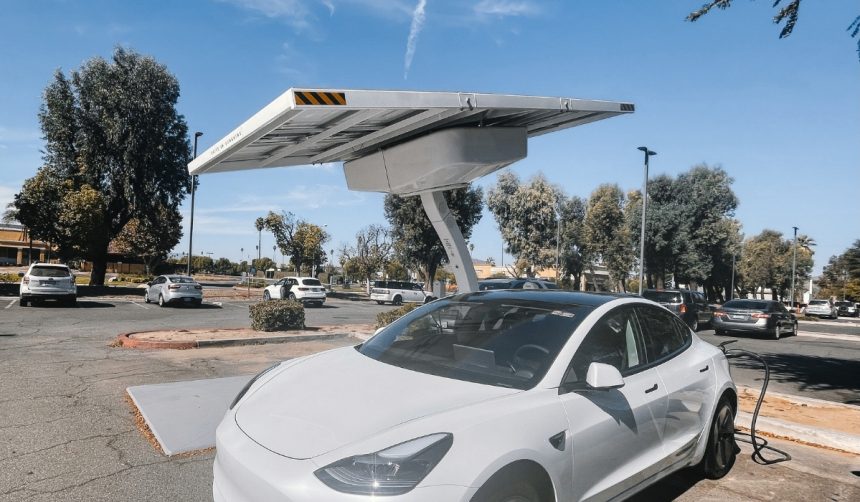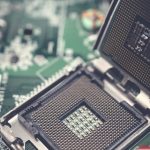Australian Tesla drivers gained access to Full Self-Driving (Supervised) features for the first time this week, allowing eligible vehicles to tap into advanced driver-assistance capabilities. This development comes as part of Tesla’s broader push to introduce its suite in major global markets. Tesla’s latest move follows steady pressure from interested local owners, and positions the automaker’s Model 3 and Model Y with Hardware 4 at the center of the initial release phase. Australia’s acceptance of such technology may influence adoption trends throughout the Asia-Pacific region, as support for semi-autonomous driving grows. Early test drives by local media have generated both curiosity and detailed scrutiny as drivers adjust to sharing control with their vehicles.
Past announcements indicated Tesla’s cautious strategy regarding the international deployment of Full Self-Driving. Initial teases for Australian access emerged only this year, while the United States and select North American markets saw the suite earlier. Other regions, including China, have received similar functionality under the alternate branding of “City Autopilot” because of specific regulatory requirements and market conditions unique to those locations. Australian rollout mirrors the gradual introduction model observed elsewhere, prioritizing newer vehicle models and restricting broad immediate access.
Which Models Get Access First?
Tesla has specified that Full Self-Driving (Supervised) will first appear on Model 3 and Model Y vehicles equipped with Hardware 4. This limitation on hardware compatibility is consistent with rollouts in other countries, aiming to optimize performance and safety as feedback is gathered. Company representatives have cautioned drivers that Full Self-Driving does not equate to complete autonomy and requires constant driver attention.
How Is Tesla Approaching Local Safety?
Driver vigilance remains a priority during early use in Australia. Tesla has reminded new users:
“Drivers must remain attentive and ready to take control at any time while using Full Self-Driving,”
reinforcing that the system is not a replacement for human oversight. The company maintains this policy globally as regulatory agencies continually evaluate the safety of autonomous features in real-world scenarios.
What Are the Pricing and Availability Details?
For now, Australian customers can purchase Full Self-Driving (Supervised) for $10,100, with no subscription option available yet. Tesla is considering a monthly payment model similar to what is offered in the U.S., though specific timing and pricing have not been announced. The staged rollout will gradually expand to more owners following the current phase to ensure comprehensive monitoring and support.
“Our gradual rollout helps us gather data and ensure safety standards meet local regulations,”
a Tesla spokesperson said.
The introduction of Full Self-Driving (Supervised) in Australia echoes earlier approaches Tesla has used in North America, Mexico, Puerto Rico, and China, adjusting the branding and feature set to local regulatory requirements. Comparisons with these regions highlight both the preference for slow incremental introduction and the cost model, as some jurisdictions have experimented with subscription-based access. Australian Tesla drivers and local media have responded positively to the initial rollout, though long-term attitudes may shift as everyday experience and policy evolve.
Australian drivers incorporating Tesla’s Full Self-Driving suite will need to remain vigilant as the system continues to develop under local road conditions and feedback. Hardware 4 compatibility ensures access to the most updated sensor and processor configurations, reflecting Tesla’s global technology priorities. Pricing remains a significant consideration, with outright purchase currently the only available option. Subscription access may eventually increase adoption but will depend on local demand and regulatory feedback. As with other advanced driver-assist systems, balancing safety expectations, regulatory approval, and driver adaptability will shape how such technologies are integrated within Australia’s evolving transportation landscape.










